Fourth of July
Some floral fireworks for Independence Day. The slow explosion of day lilies opening, unfurling petals and fading away, each flower having a 12-hour lifespan. Day lily. Hemerocallis, which comes from ancient Greek words meaning beautiful day. Day lilies are suddenly all over the place in early July. They start to line the roadsides as though waiting for the Fourth of July parades. Why the name day lily? If you look on any day lily stalk, you’ll see half-a-dozen buds, each one slightly bigger than the next. With a punctuality that’s pretty amazing, they will open precisely 24 hours apart. So...
Read MoreHappy National Pollinator Week!
Seriously. It’s National Pollinator Week, June 16 – 22, 2014. It’s a national…well, not exactly a holiday–a national time to stop and think about it. Of course they have National Everything Week–not a day goes by but it’s National Something Day or Week or Month. National Women’s History Month (we only have enough history to fill up one month). National Jazz Appreciation Month. There’s National Pig Day (March 1, put it on your calendar for next year). National Ice Cream Month, a worthy cause indeed, officially designated in 1984 by Ronald...
Read MoreDandelion Seeds: Prickly Fluffballs
Dandelion are a little like porcupines. Each dandelion seed is a dry, hard, brown speck an eighth of an inch long, known in botanical terms as an “achene.” They’re stuck into the puffy top of the dandelion flower head, like pins stuck into a pincushion, or quills that are loosely attached to a porcupine’s skin. Tiny barbs zig-zag along each edge of the seed. One puff of air, and the seed pulls loose from the plant and heads off into space. The wind blows the little fluffy parachutes for thousands of miles, over rivers and oceans and mountain ranges–or over the...
Read MoreDaffodils: Who Doesn’t Love Them?
Daffodils are my kind of flower. Easy to plant. Stick a bulb in the ground in fall, thirty seconds and you’re done. Spring comes, and the green spears magically appear, shoving through the dead grass and remnants of dirty melted snow, spearing dead leaves. And then, those bright yellow bursts of live-saving color in the drabness of early spring. They spread, all on their own–naturalize, it’s called–creeping throughout the grass. They don’t need all that weeding, fussing, and dividing and fertilizing and all the stuff that most perennials need. And the best thing...
Read MoreSpring Wildflowers: Fighting Back
Spring at last! We’ve survived the long bitter winter of snow and ice and bare branches. For us humans, winter is the rough season. But for plants, winter is spent dormant and snug under the snow. Spring is the time when they have to battle for survival. The first greenery is a welcome sight, not just for humans, but for rabbits, deer, slugs, insects and other herbivores, all thin and hungry and longing for a square meal. The first spring wildflowers unfurl into a world of hungry mouths waiting to eat them. An April trillium or hepatica runs a much greater risk of ending up in an herbivore’s...
Read MoreConeflower: What’s in a Name
In summer it’s a green and golden wildflower meadow. In winter it’s brown stalks. Peeking out from under this abandoned piece of haying equipment (I think it’s a baler?) is a not-very-well-known wildflower. In summer it looks a lot like a daisy, but with golden-yellow rays surrounding a dark “eye” center. Nope, not a Black-eyed Susan. This is one of Susan’s cousins, though, in the Rudbeckia family. Three-Lobed Coneflower, or Thin-Leaved Coneflower, or Three-Leaved Coneflower, depending on which field guide you use. Coneflower describes this plant pretty well, since a thimble-shaped...
Read More
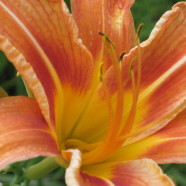
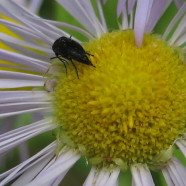
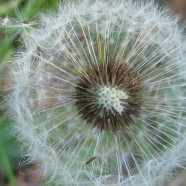
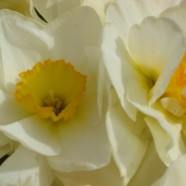
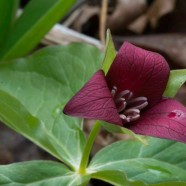





Recent Comments